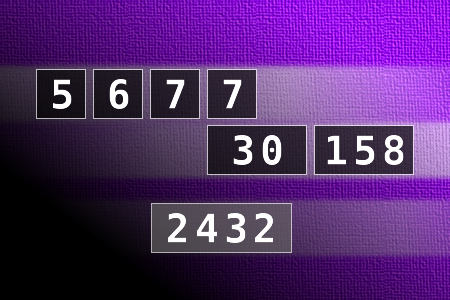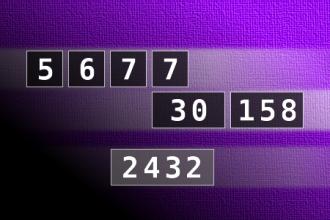Calculate the number 2432
NUMBERMANIA: Calculate the number 2432 using numbers [5, 6, 7, 7, 30, 158] and basic arithmetic operations (+, -, *, /). Each of the numbers can be used only once.Correct answers: 12
The first user who solved this task is Nílton Corrêa De Sousa.
#brainteasers #math #numbermania


